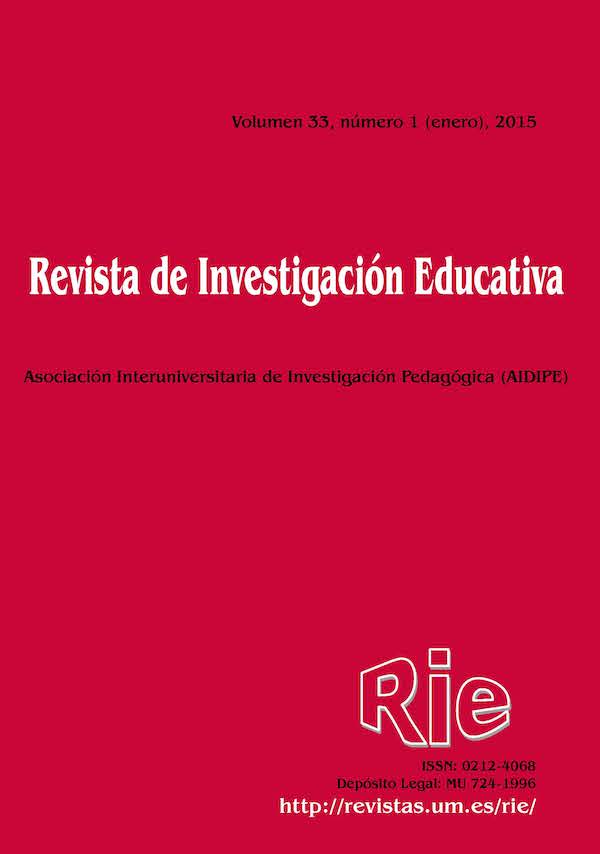Gender profiles and perceptions in school violence
Supporting Agencies
- UNED
- Instituto Educación Secundaria José Luis López Aranguren
Abstract
This research study analyzes the differences, based on gender, of adolescents in a sample of 1st and 2nd year of Compulsory Secondary Education (ESO). Two types of violence are compared: reactive and instrumental violence (RV-IV). The main objective was to determine the influence of gender bias in tolerance of such violent behavior, according to the gender of the person assaulted. The research sample evaluated consisted of 771 students in 1st-2nd year of ESO from 5 state secondary schools in the Community of Madrid (CAM). The work carried out focused mainly on quantitative analysis on data from the questionnaire “Reactive and Instrumental Violence and its Relationship with the Self-control in Adolescents”. The results show the need to overcome stereotypes and gender biases in school violence, to increase the effectiveness of prevention and response to violence, as well as to improve daily classroom climate.
Downloads
-
Abstract2176
-
PDF (Español (España))1356
The articles and scientific documents published in RIE abide the following conditions:
1. The Servicio de Publicaciones de la Universidad de Murcia (the publisher) has the property rights (copyright) of all the documents published and allows the reuse under the user’s license indicated in point 2.
2. All documents are published in the digital edition of RIE under a Creative Commons Reconocimiento-NoComercial-SinObraDerivada 4.0 Internacional. (legal document) license. These documents can be copied, used, distributed, communicated and explained publicly if: i) the author(s) and its original source of publishing (magazine, publisher and URL of the document) are cited; ii) it is not used for commercial purpose; iii) the existence and the specifications about this license are mentioned.
3. Auto-archive’s conditions. The authors are allowed and encouraged to digitally distribute the pre-print versions (a version before evaluation) and/or post-print (a version that it is already evaluated and accepted to its publication). This promotes circulation and distribution earlier and can increase the citations and significance within the academic community.









